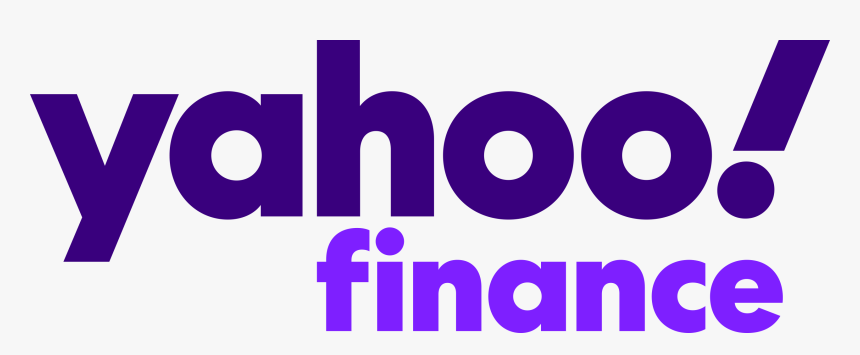Like all real projects, there are certain economic factors that can become a risk.
Price of oil could drop significantly in the future, which would make the SOPX rewards less valuable. The odds of this occurring are extremely low, but it is certainly a possibility. You can use the on-site calculator to estimate the Impact of this risk.
The cost of certain Items In the project (such as solar panels or the pumping equipment) could rise over time with Inflation or shortages. To mitigate this risk, SOP has established partnerships with the actual equipment manufacturers with long term pricing in place.
Oil output from certain wells or well locations could drop. We have backups in these cases where we can make up the production required with other sites or by requesting the oil well operator to move the pumps and equipment to a different location.
Price of oil may also fluctuate causing the net value of tokens to no longer match. To ensure liquidity protection, partnered operator companies are required to maintain a balance of futures and derivative contracts to offset this risk.
Finally, there exists the risk of hacks and damage to the SOP platform. To prevent long term harm from this, all tokens are held in separate wallets with no keys or identifying information on any server. Further, all user data is kept off-site and since SOP does not provide any fiat conversion options, there is no personally identifying information that is collected or kept on the SOP servers.






